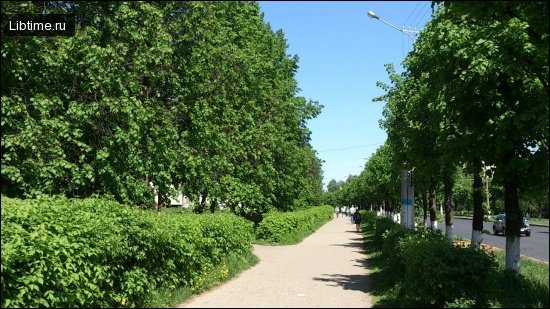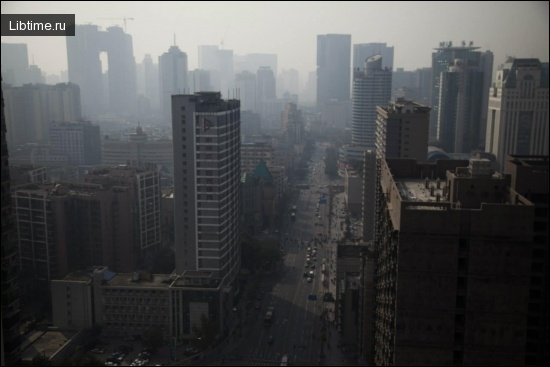Norms of design
A city or town must have a certain number of plantings to ensure that all the recreational, architectural, planning and sanitary and hygienic requirements of the population are met. 
The level of urban greening is defined as the total area of greening facilities distributed over the entire urban area and expressed in relative units (%). The current standards provide for a high level of urban greenery, according to which plantings should cover a total of up to 50% of the city's urban area, 55-58% of the residential area, 65-70% of the microdistrict area, and at least 15% of the industrial area.
The level of greening determines the provision of plantings and characterizes the hygienic efficiency of the greening system. In urban planning practice, the placement of plantings in cities or towns is carried out in accordance with state greening standards.
The rate of greeningper capita is a certain amount of green space (m2) required to meet the needs for recreation and to improve living conditions. Public landscaping facilities of both city and district significance make up the largest share of all green areas.
These facilities are the basis of the greening system of any settlement. Norms are set for facilities of city and district significance, while the greening rate includes the areas of gardens of neighborhoods and residential groups.
The provision of public plantings varies by city group, increasing as the population in cities grows. Cities located in the arid regions of the country have the highest provision, where an increase in standards by 20% is allowed. Norms are also increasing in resort cities.
In cities located in areas with unfavorable conditions (desert zones, tundra), the greening standards may be reduced, but not more than by 10%. Restricted-use landscaping facilities are not included in the calculated greening standards for cities and towns. The area of restricted plantings is calculated based on the availability of space per capita based on design data.
Special-purpose landscaping facilities and their share in the landscaping system depend on the intended purpose of the city and the natural and climatic characteristics of the area. The area of special-purpose facilities is determined based on the size of the areas to be allocated, for example, the size of the gaps between industry and the rural area.
A special place is occupied by green areas of streets and highways (not including boulevards and squares), which are also not included in the greening standards. The norms of street greening are set depending on the norm of the city's street grid (on average 22m2).
The percentage of greenery is 24-35%, depending on the group of cities and suburban areas. Each resident should have 5.5-7.8m2 of green areas per street (1st stage.) The norms were determined based on the greening of 85% of the total length of streets. Greening facilities in suburban areas are standardized based on specific conditions depending on the size of the city.
The design standards stipulate the need to create 21m2 per capita of citywide and district greenery facilities in the largest and largest cities in the next 20-25 years, and 14 and 7m2 in medium and small cities, respectively. Thus, in a city with a population of 1 million inhabitants, territories of more than 2000 hectares should be reserved for greening facilities of city and district significance alone.


